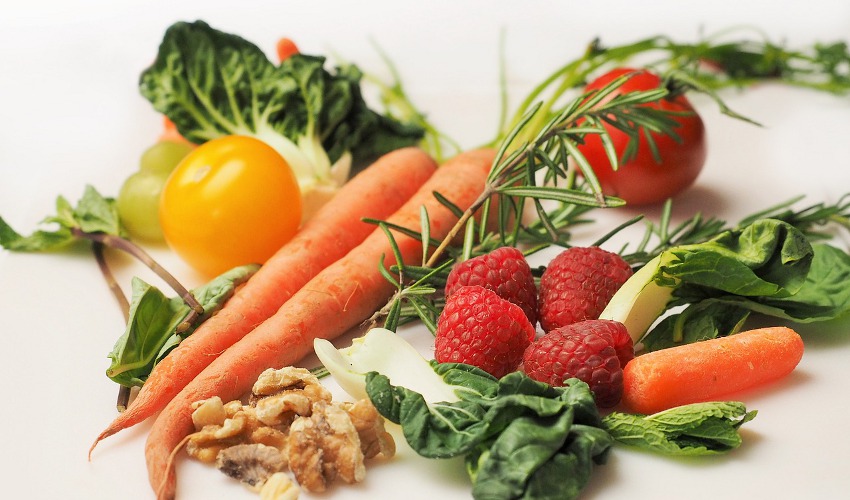Organic Gardening Basics
Feb 19th 2021

Questions come to mind when you think of organic gardening: Will I have to share my crop with the insects and pests? Should I plant twice as much and work twice as hard only to have half the yield?
Organic gardening is all about keeping a healthy balance without the need for chemicals and other synthetic products. You’ll work more with nature and view your garden as only a small part in a much larger natural system. The key is to prevent problems rather than treat them after they occur. This will take practice and research, but it is achievable with proper planning and maintenance.
If you’re interested in beginning an organic garden, we’ve assembled some facts and tips to help get your started:
Start From the Ground Up
Simply put, if you feed your soil, your soil will feed your plants. Make sure to begin with good quality soil and feed it with organic materials such as compost, grass clippings, and manures. In doing this, you will improve the soil’s texture as well as attract the proper soil organisms that will create nutrients for your garden.
The Right Plants...
From the start, make sure to select the healthiest plants possible. Select ones that are properly suited for the growing conditions in your area. If you plant something that requires a lot of direct sun and you live in a shady environment, then your plant will become stressed, and thus more attractive to pests.
...At the Right Time
Know when to plant. Remember, you want the healthiest plants possible, so don’t plant too early or late. Mother Nature knows what she is doing, and she sends signals of her own to let gardeners know how the climate and weather are going. The scientific term for this is Phenology (simply put, it’s Nature’s Calendar). For example, if you study the signs, you may learn that the best time to plant potatoes is when the dandelions bloom.
About the Weeds
You may find yourself spending a little time doing more weeding. To counter this, consider mulch as an option. It will help to suppress weed growth, while preserving moisture and preventing erosion. The fact that it looks nice is a bonus!
Keeping the Pests at Bay
Your first line of defense is to be vigilant. Get to know your plants; check them often and stay ahead of the problem. Keep in mind that not all critters are pests. For example, lady bugs love aphids and birds will eat all the grubs they can. Even snakes do their part.
If insects persist, then Diatomaceous Earth is an option. Insects can’t build up a resistance to it like they do with chemicals and it won’t harm earthworms or vital organisms in your soil.
Put up Barriers
Grubs and other borers don’t like foil. Putting a ring around your plant bases will help keep them at bay. You may also consider other chemical free options as ‘sticky’ traps and row covers.
Interplanting
This is the practice of saving gardening space by placing faster growing plants among slow growers. For example, if you were to plant lettuce seeds between broccoli plants, the lettuce would flourish in the broccoli’s shade and be ready to harvest before getting crowded out. A mix of plants will attract more beneficial insects and prevent a problem from spreading throughout your garden
There are plenty of resources to help with organic gardening. For starters, give us a call or come in and ask us your questions and we’ll be happy to assist you. In fact, join us on Facebook and start a conversation. We’ll see you there. Happy gardening!

